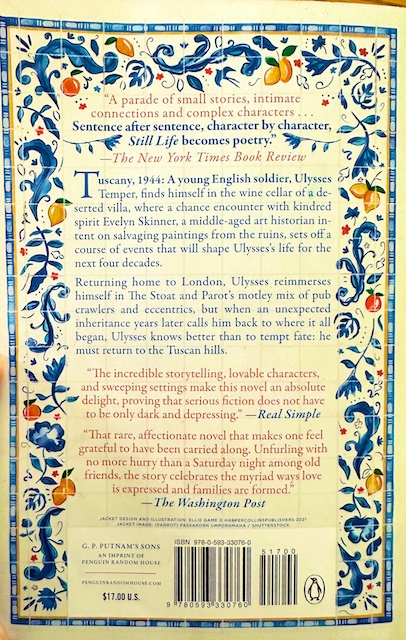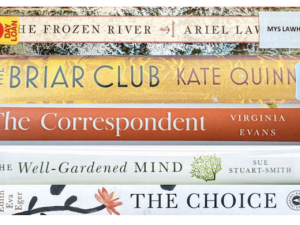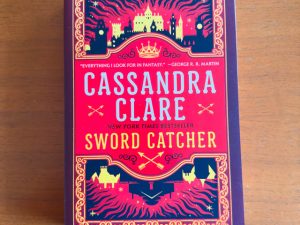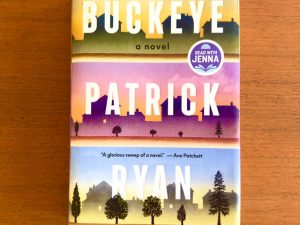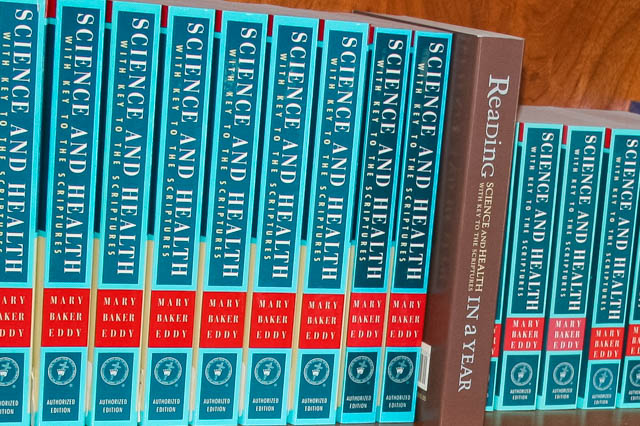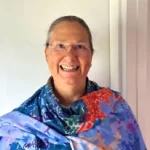This book took me a months to read between whatever else I had going on. I originally bought it when a bookseller said it was a favorite, and then when looking at it I was seduced by this line on the back cover, “The incredible storytelling, lovable characters, and sweeping settings make this novel an absolute delight, proving that serious fiction does not have to be only dark and depressing.” That describes the kind of book often I want so I purchased it. Now having read Still Life, I can say all of that holds true.
This is a story of found family, and how a chance meeting can be a pivot point in people’s lives. The book highlights all kinds of love, outside of the usual bounds depicted in novels of the previous centuries. The great characters here are not cookie cutter ones and I was happy to watch them arrive at life well lived, which is such an individual, personal thing, isn’t it? I’ll long remember Ulysses, Crest, Evelyn, and Claude the parrot, and I learned about the flood in Florence in the 60’s by going through it in this book.
In the flood in Florence: 33 people died, 50,000 families lost their homes, 15,000 cars had been destroyed, 6,000 businesses lost. The floodwaters traveled at 40mi/hr and left behind 600,000 TONS of mud, a ton for every citizen. 1,500 works of art destroyed. Took 20 years to clean it up.
Before the book she quotes Em Forester, “Two people pulling each other into Salvation is the only theme I find worthwhile.” Then in the end, this author contrasts this book’s more modern take with Forester’s Room with a View.
The writing here was excellent, spacious, and full of dialogue. It slowed down my pace considerably, and not in a bad way:
- “He was a recent scholar, if I remember rightly. Covered in the afterbirth of graduation– shy, awkward, you know the type. Entering the world with no experience at all.”
- “It’s a painting that demands a response. The best ones do.”
- “She hated winter. She hated days that barely raised their heads from the pillow.”
- “The power of still life lies precisely in this triviality. Because it is a world of reliability. Of mutuality of objects that are there, and people who are not. Yet within these forms something powerful is retained: Continuity. Memory. Family.”
- “The walk revealed a pain of solitude that had lain central not only in her lifetime but in her mother’s and her mother’s mother’s, too. No education, no money, only men. A cycle of repetition so ridiculous that it needed only organ music and a scattering of plastic horses to be that predictable fairground ride.”
- “Takes a leap of grace to say I don’t know.”
- “Hard to describe the haunting aspect of devotion.”
- “Evelyn said, We’re still living in the footprints of the French Revolution, of Hitler and Mussolini. Scratch the surface of the varnish and it raises its head again. Evil was defeated but never went away.”
- “The first rule of art: looking into loving!”
If you want to read a long, slow book, where each character finds their own brand of diverse love and it ends around a huge Italian table of lives intertwined, you might like this book. Warning though, there is not much plot! I give it close to five stars, so I guess that means four, although I’m sure it will improve with memory.
1 Comment
-
I also read that book and enjoyed it. Your review describes it very well!


